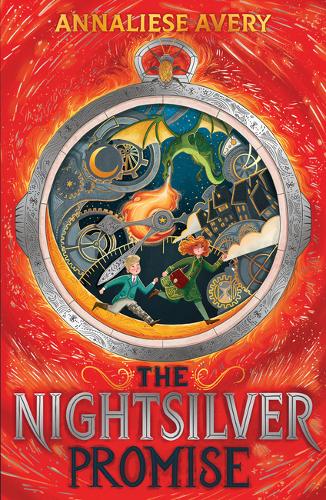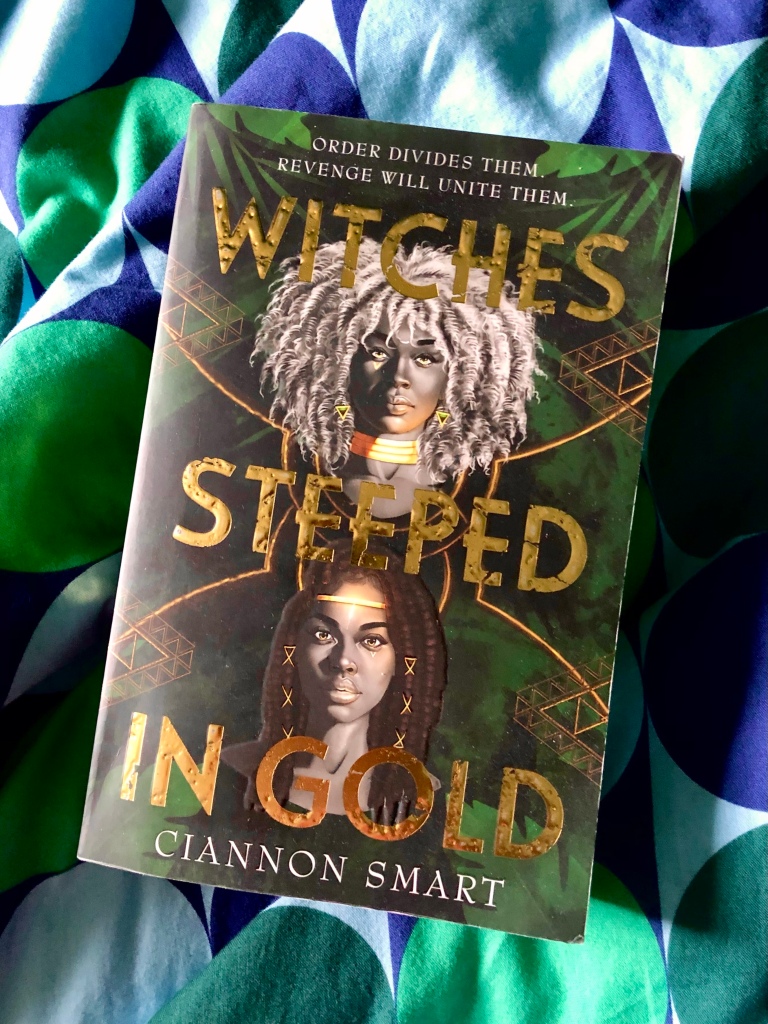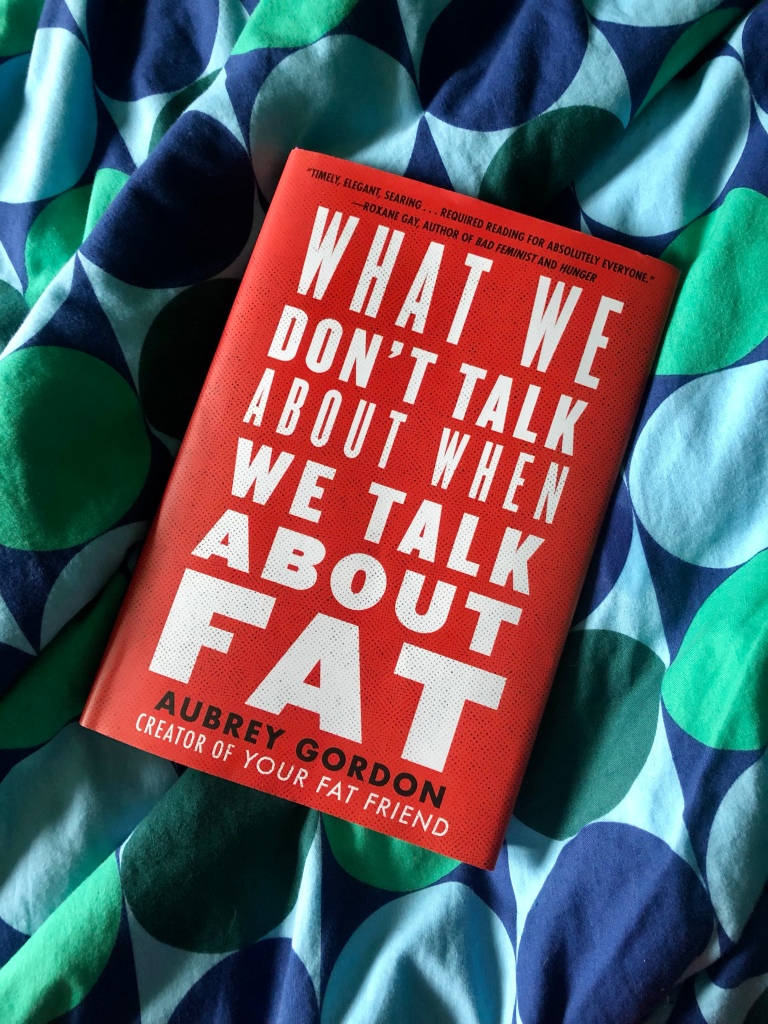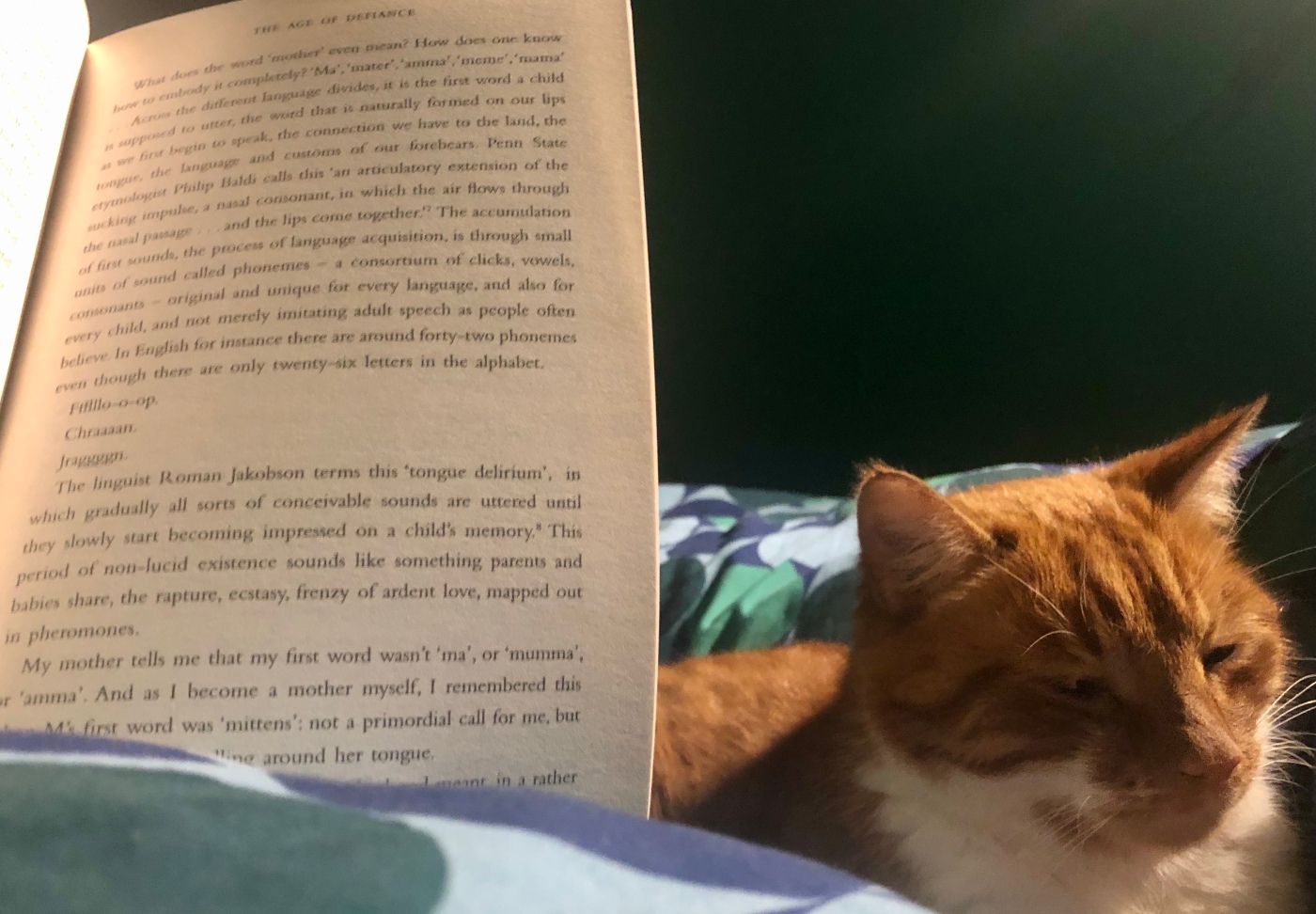Well, this has been a long time coming. For which I make no apology, as these posts are pretty much for me at this point.
Parent Life
I continued to be a parent between September and December – indeed, I upped the ante by birthing a second child. More on this in my next post, currently in development.
My firstborn continued to be a tantalising mix of delightful and obstreperous, turning 3 and finding two new loves: dinosaurs (cool) and Paw Patrol (less so) to integrate with ongoing passions for all vehicles (particularly construction ones) and the fire service.
Writing Life
Hahahahahaha. Look, it turns out working and being pregnant and having a toddler are not super conducive to prioritising things you want to do involving space and brain power. I am the first person to discover this, you are welcome.
Reading Life
See below. Reading tailed off significantly in November, and in December I got part of the way through Duck Feet by Ely Percy but not finished yet (loving it so far but just unable to concentrate at the moment).
Sitting Pretty: The View from My Ordinary Resilient Disabled Body – Rebekah Taussig

Rebekah Taussig is an American writer with a PhD in Creative non fiction and disability studies. She writes about her experience of being paralysed in a funny and honest way that challenges the prevalent ‘inspiration porn’ narrative around disability. This book looks at how the world sees her as a disabled person and how that impacted her sense of self, her approach to relationships, work, and really everything. I listened to the Audible version, read by the author, across August and September and found it really interesting and engaging.
Throughout the book Taussig discusses the dominant cultural narrative that disabled people are to be pitied, or that disability is something to be overcome, and questions it. She does this by detailing a series of experiences she’s had in a disabled body that are not particularly inspirational – but are the real experiences of someone who is paralysed trying to live and work in the US today. The problems she faces tend to be caused by systemic issues and social outlook. Having not had the use of her legs since she was a tiny child, this isn’t something she’s bravely coming to terms with. And with the help of a wheelchair she can get around fine. Unless, that is, the places she needs to go are inaccessible. Or the people she encounters on a daily basis treat her as someone to be pitied, ignored or even reviled. The chapter where some douchebag compliments her now-husband for being generous enough of spirit to try dating a disabled girl because that must be super hard for him… wow.
As the book goes on you clearly see that actually, rather than pitying the girl in the wheelchair or commending her for living her life, you should probably lend your support to a campaign for better accessibility. The book is also a rallying cry for more disabled voices to be telling disabled stories. Taussig is careful to point out that her experience of being a wheelchair user is not the same as that of someone with a chronic illness or a mental illness, and that as a straight white disabled person she still wields a certain amount of clout that others don’t have.
I found it really interesting, relatable and thought provoking and would definitely recommend – especially if you’re not currently* disabled.
*I say currently because as Taussig points out, if you live long enough, you categorically will become disabled – whether age impacts your mobility, sight, hearing and/or mental faculties.
The Nightsilver Promise – Annalise Avery

In the Empire of Albion, everyone has a set of stars on their wrist which tells them their future. Everyone except thirteen year old Paisley. And when hers finally do appear, they tell her she’s about to die…
This is fun debut, a middle grade fantasy adventure with dragons and intrigue. I’m afraid that writing about it a few months after the fact, it hasn’t made much of a dent in my memory – but I remember liking the supporting characters and thinking there’s lots going on / it would be interesting to see where the story goes in the next book. It was one I grabbed because someone at Golden Egg was raving about it.
Grimwood – Nadia Shireen

I love reading Nadia Shireen‘s picture books to my wee one (we’ve got The Cow Who Fell to Earth, Billy and the Beast and Barbara Throws A Wobbler) because they’re fun and funny. Grimwood is her first middle grade book and I listened to the audio version, narrated by Adam Buxton – who is pretty perfect for the role.
Ted and Nancy are two foxes who live in the city, but they’re forced to leave when Ted accidentally starts a feud with a local horrible cat. They end up hiding out in Grimwood, a forest populated with various eccentric characters – but will it ever feel like home?
There are lots of really silly jokes in this and I think it would probably be really fun to read with a 7 year old or thereabouts. Very fun.
Witches Steeped in Gold – Ciannon Smart

Iraya has spent her life in a prison, Jazmyne is the daughter of the Queen. These two enemy witches must join forces to take down a common enemy, but can they trust each other?
I did like this, but it took a lot of getting into. There is a lot of attention on world building and the two main characters don’t really start to interact for a long time. The first two thirds took me months to read, but when the pace ramped up it was a proper page turner. I ended up finishing it on a park bench in Portobello in September when I had a couple of days off childcare and was like WHAT HAPPENS NEXT THOUGH.
It looks at the kind of duality of heroism, the MCs – although quite similar – are flawed in different ways and there’s not necessarily a black and white sense of morality which is interesting to see in YA, a bit of nuance! My personal hope is that book two will keep up the pace and volume of intrigue from the end of the story, but I appreciate I might be in the minority there and that some readers love the chance to revel in every detail especially with a fantasy book!
Rumaysa: A Fairytale – Radiya Hafiza, illustrated by Rhaida El Touny

This book re-tells three traditional fairytales and links them together using the character of Rumaysa, a Muslim girl who lets down her hijab to escape from a tall tower (Rapunzel) before getting involved with Cinderayla (Cinderella) and Sleeping Sara (Sleeping Beauty) to change their stories up a bit. It’s super cute, there are some lovely funny moments and it’s just really smartly done.
The Death of Vivek Oji – Akwaeke Emezi

I mean look, Akwaeke Emezi is simply an incredible writer and I love them.
I guess plot wise the clue is in the name with The Death of Vivek Oji. The book explores who Vivek was vs who their parents and everyone else wanted them to be, unravelling the mystery behind how they died by exploring how they touched other people’s lives before that point. It is beautiful and funny and tender and sad. Read it, then read everything else they’ve written, honestly worth it.
Children of the Quicksands – Efua Traore

This was a bit of a slow start for me, possibly because I listened to it on Audible and there were a lot of moments when the narrator was just too quiet for me to hear properly. I reckon if I’d read a physical version I would have got on board faster – I tend to listen to books when out on walks, these walks tend to take me along stretches of busy road, the connector for my big headphones doesn’t work and earbuds are not the best for books. ANYWAY.
12 year old Simi is sent at the last minute to spend the summer in a remote Nigerian village with a grandmother she never knew existed. This place is old school: no running water or electricity, people use very traditional methods of doing things… so instantly an excellent location for a bit of off grid magic to take place.
Simi is – naturally – pure raging. She’s got no phone signal, no internet, and no idea what the dark family secret might be that’s resulted in her mum and gran having no contact for over a decade. Also on her first night there she has an absolutely terrifying experience in the woods behind her grandmother’s house that she can’t make any sense of. Time then to unravel the mystery, make some friends, and learn a lot about goddesses, juju and ultimately herself along the way.
This book is very evocative and exciting once it gets going. I really loved the mixture of family tradition and mythology, the mystery, the dynamic between Simi and the other characters – just really well done.
What We Don’t Talk About When We Talk About Fat – Aubrey Gordon

Not your girl reading quite a lot of this whilst on the exercise bike… I did this partly to remind myself that whilst exercise helps manage my blood sugar (which is important for this pregnancy due to having Gestational Diabetes), my actual body is fine and fatphobia is a society problem not a me problem.
The book didn’t cover masses of new ground for me because I’ve been reading Gordon’s stuff for a while as well as following a lot of fat activists online. In it she’s basically exposing the levels of anti fat bias in society, which is cultural and systemic and everywhere once you start looking for it. There are a few personal anecdotes in here but it’s more about calling for social justice and inclusivity.
It’s meticulously researched and has a lot of stats I didn’t know, so if you’re sceptical about the ways fat people are discriminated against this will show you the receipts. And who doesn’t love a book which references old school science? The notion that the womb wanders around the body and might at any moment creep up your throat to strangle you in a fit of womanly hysteria is never not going to be a highlight, amirite.
Show Us Who You Are – Elle McNicoll

Uuuuurrrggghhhh I love this. Elle McNicoll is so good.
Instantly readable, interesting and mysterious, I was absolutely hooked. When Cora meets Adrian at a party (somewhat against her will) she doesn’t expect to make friends with him – or to end up investigating the company that his dad owns. But strange things are going on at Pomegranate and the world needs to know about them.
I don’t want to say too much because I went into it without knowing really anything other than I loved McNicoll’s debut (A Kind of Spark) and of course I was going to buy this. The two neurodivergent main characters are really well drawn, the undercurrent of grief is moving, and the miscommunication and anger surrounding both of those things feels very real. Highly recommend.
(M)Otherhood: On the choices of being a woman – Pragya Agarwal

This is great, but a lot to unpack so I might have to read again when less preggo. Agarwal is a behavioural scientist and this book is part memoir and part research into the ways motherhood shapes us, so there’s a lot of academic content as well as personal experience.
She talks about growing up in India, the cultural expectations on her and the less than thrilling response of her mother in law when she fell pregnant with her unplanned first child (openly disappointed it was a girl). She then talks about her journey to have another child, which was long and hard and full of difficult conversations and unspoken assumptions. Telling that the pull quote from a man reckons it is ‘revelatory’ mind you – not talked about enough because patriarchy, more like. (Yes I know, Dr Google tells me he is an activist and generally good egg, but still). I do agree that more people should talk more openly about the issues discussed here. There are not a lot of voices discussing secondary infertility and miscarriage in spite of how common and life altering they are.
If you think you might be interested but you’re not totally sure, take a look at this piece Agarwal wrote for Glamour about the sexist phrasing of the recent ONS report on women choosing to be childless (as though we’re living in The Power by Naomi Alderman and men’s thoughts on having a family are completely irrelevant in the process somehow).
The Wizard in My Shed – Simon Farnaby, illustrated by Claire Powell

I listened to the Audible version of this which is read by the author. I like Simon Farnaby’s film and telly stuff (Paddington, Horrible Histories, Ghosts) and figured that as celebrity children’s authors go he would be a safer pair of hands than some *cough* W*lliams *cough*.
So. Merdyn the Wild is a warlock from the Dark Ages, banished and accidentally sent forward in time by an incompetent/possibly evil colleague. Rose is an awkward 12 year old with no friends whose mum has been clinically depressed since Rose’s dad died. The two run into each other, an unlikely friendship is formed and they join forces to get Merdyn home and fix Rose’s terrible life.
The book is about as daft as I was expecting, with lots of historic facts chucked in for good measure. It was fun, but the pacing was slightly off at times for me. The first half was a bit slow, the second really picked up with a lot of twists and a couple of genuinely quite emotional moments.
Having said that I’ve been suffering from ‘watching how other people construct their middle grade as opposed to getting on with enjoying it’ syndrome most of the year, so it might be that on a second go round I’d lean in a lot more. Although was absolutely not an issue with Show Us Who You Are… possibly specific to funny/magical MG then, given my previous comments on The Nightsilver Promise? What you should probably do is ask child readers what they think. I still think Farnaby is great and I will probably give follow up The Warrior in my Wardrobe a bash at some point.
Sorrowland – Rivers Solomon

I liked this a lot. Sorrowland is a Gothic horror that kind of evolves into speculative fiction. The story centres on Vern, a Black lesbian protagonist who has become a mother at 15, and it has monsters, ghosts, nods to real American history and a cast of characters who are almost entirely female and queer.
The book starts slow and creepy and mysterious and later becomes quite action filmic in its denouement. There are horrible bits and sexy bits and weird bits. I found it such a page turner that one night I stayed up with it til 11.30pm, which is a pretty ringing endorsement from a perpetually knackered parent to a 3 year old who generally aims for 9.30pm at the latest…
Being pregnant again I also appreciated the stuff around parenting. Vern has doubts and fears and feelings towards her children that she doesn’t always expect or know how to manage. There’s not enough of that kind of thing in fiction imo, motherhood is generally fairly two dimensional. Hit me up with a comment if I’m just reading the wrong books and you have recommendations…


Leave a comment